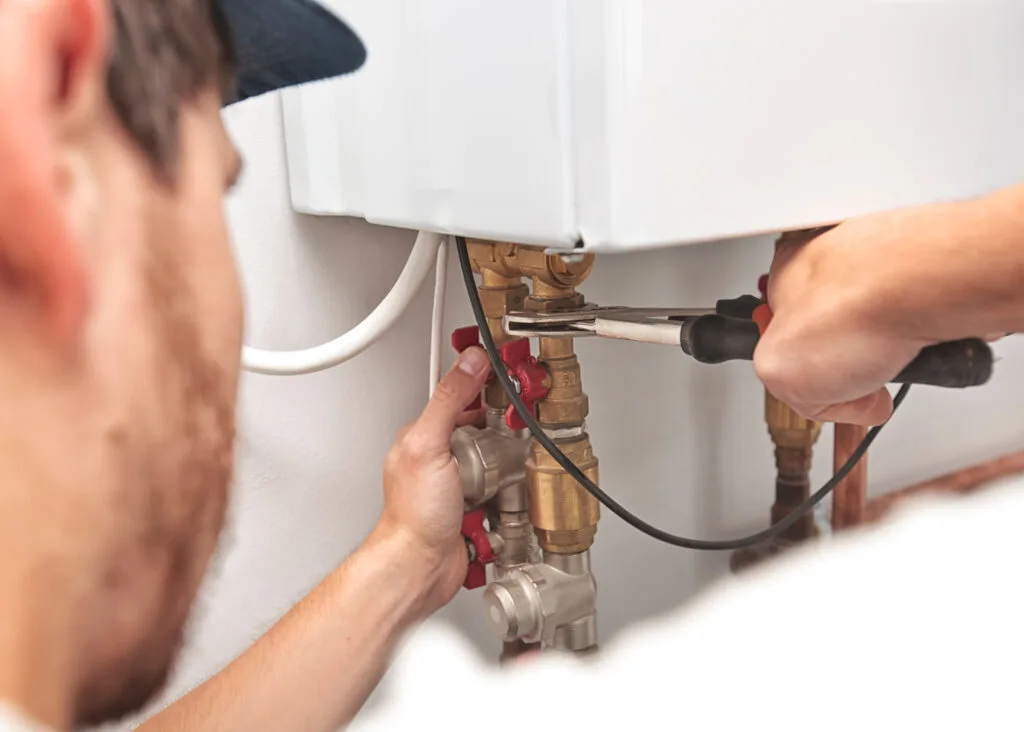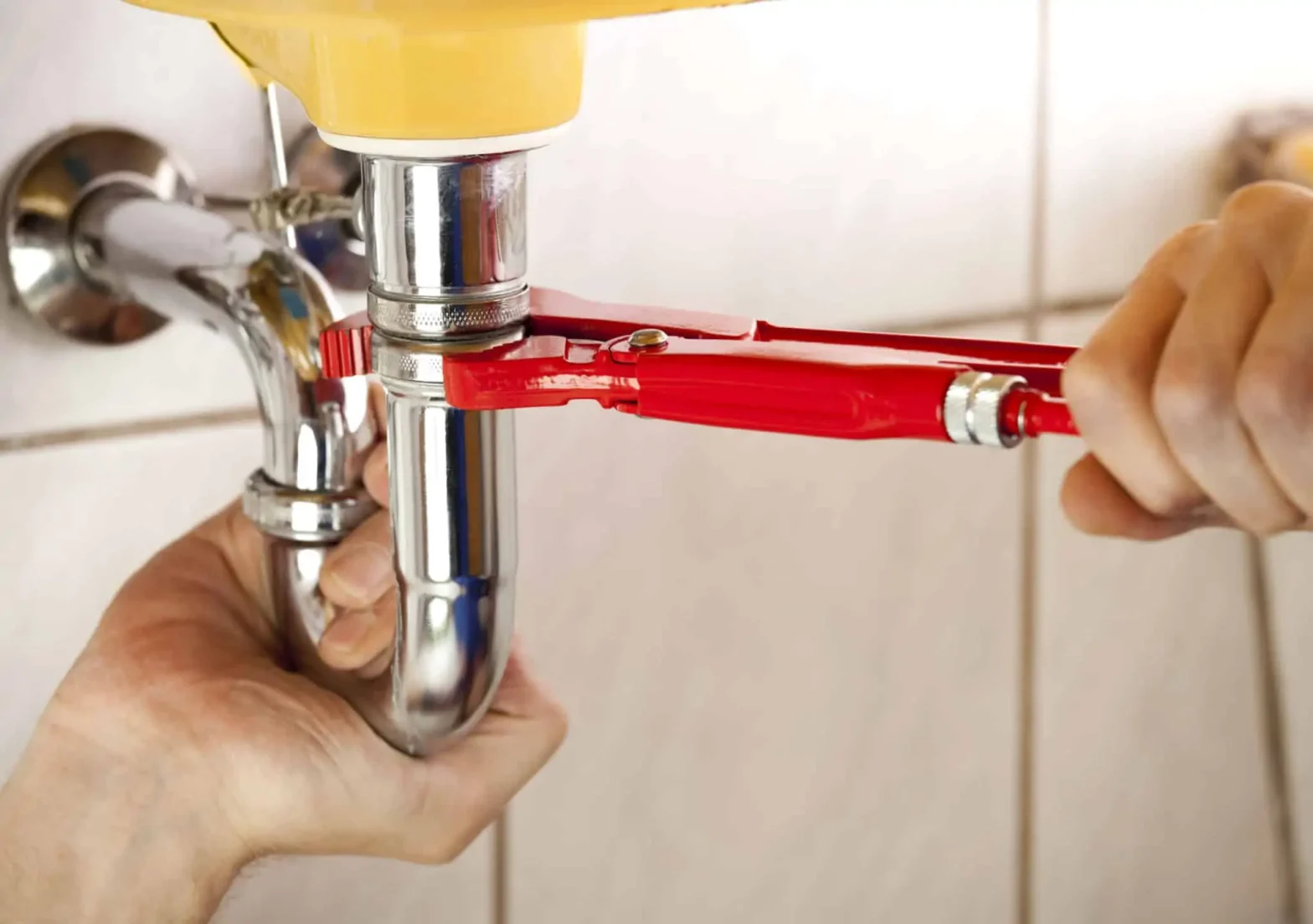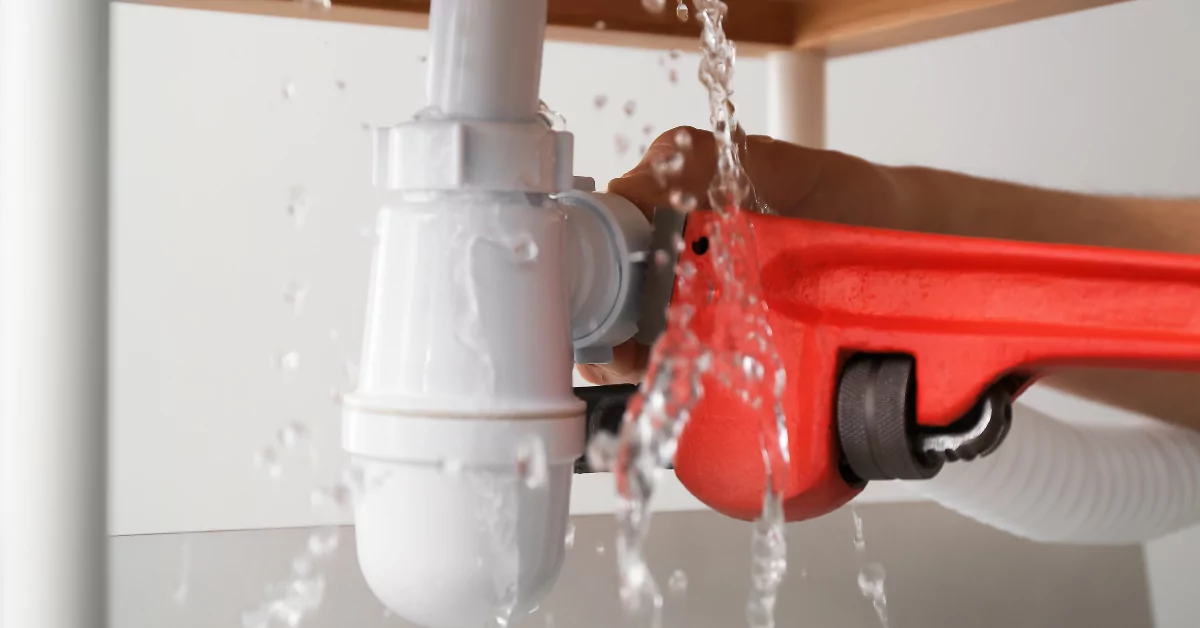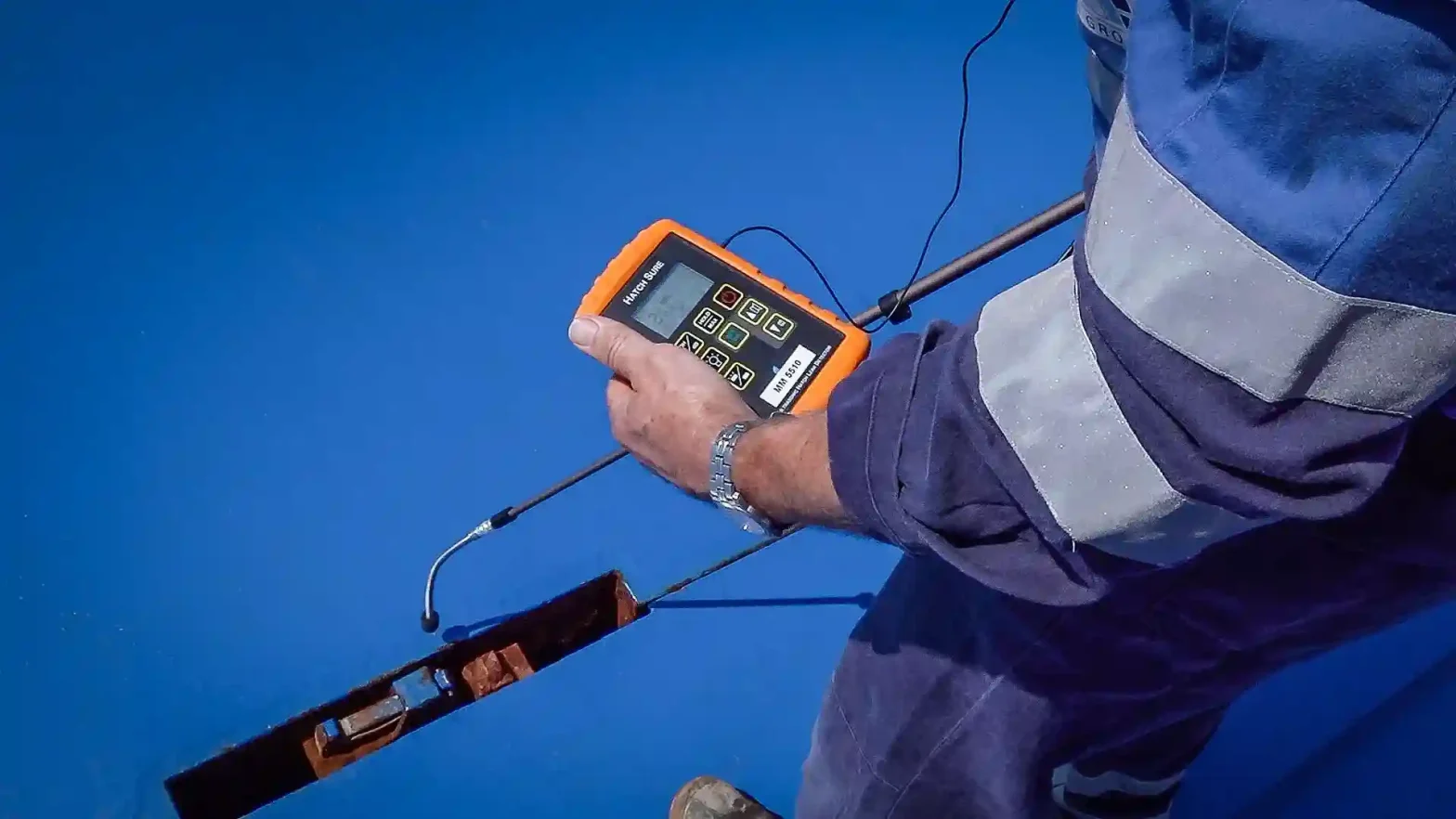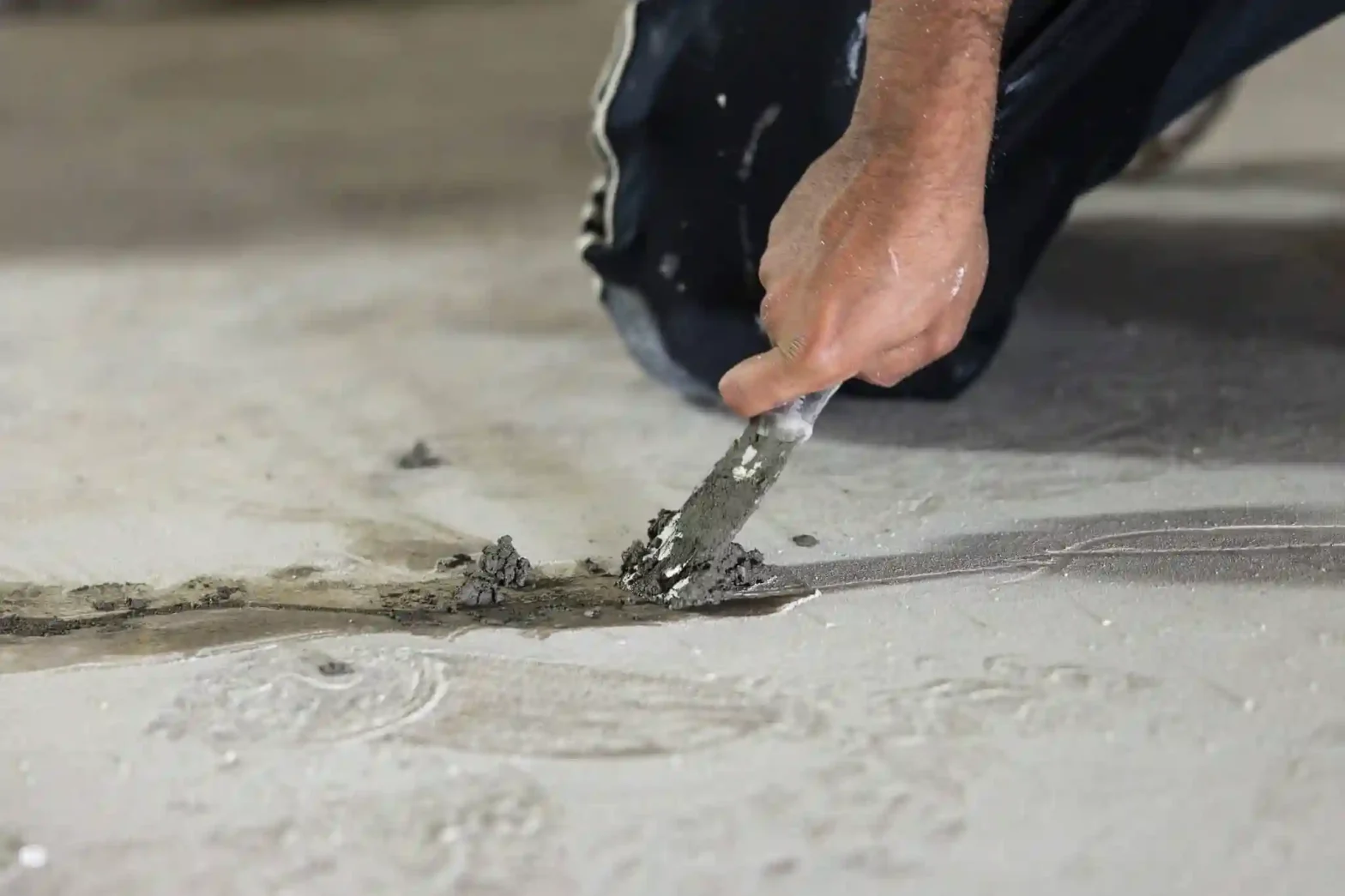Understanding the Plumbing Emergencies That Can’t Wait – Urgent Situations You Should Never Ignore
There is never a good moment for a plumbing disaster. One minute, the house is calm, and the next, you are ankle-deep in water or smelling gas near the water heater. Some problems can wait until regular hours, but others become worse with every second. Water spreads through walls, ruins floors, invites mold, and even weakens the frame of the building. Gas can ignite with one spark. Knowing which situations demand instant action keeps repair costs down and protects everyone under your roof. Calis Choice answers around the clock, and this simple guide explains when to pick up the phone right away.
1. Burst Pipes
A pipe that bursts makes itself known fast. Pressure crashes, taps rattle, and water races through hidden spaces, soaking drywall and warping wood. Freezing nights, unbalanced pressure, or slow rust can split a copper or plastic line without warning. When it happens, turn the main valve until the flow stops, open nearby taps so trapped water can drain, move furniture out of harm’s way, and call a licensed plumber. After the mess is cleaned up, wrap pipes in cold rooms, keep the home warm in winter, and schedule yearly inspections so weak spots do not surprise you again.
2. Major Water Leaks
Small drips of wastewater, but a large, unseen leak can ruin a house. Supply lines behind walls, hoses under sinks, or joints below the slab may pour quietly for weeks. Watch for paint that peels, floors that feel spongy, or a bill that climbs even though you use the same amount of water. If you sense trouble, shut the valve to that branch, dry the area with towels, start a fan, and arrange for leak detection. Early repairs stop mold before it spreads and avoid costly structural work later.
3. Overflowing Toilets
Few things raise stress like a toilet bowl that keeps rising. A stubborn clog, a worn float, or a blocked sewer main can send wastewater back into the room. Reach behind the fixture and close the supply valve, then give one gentle plunge. If the water still will not fall, resist flushing more because each attempt adds to the mess. A professional can snake the line or send a camera down the stack to see whether tree roots or debris are blocking the way. Quick action keeps germs out of carpets and prevents damage to the ceiling below an upstairs bathroom.
4. No Water Supply
Turning a tap and getting nothing at all feels unsettling. First, ask a neighbor if their water is running. If they have normal flow, the fault is likely on your property. Frozen pipes are common in cold snaps, but broken water mains or failed pressure regulators can also shut everything down. Test several fixtures to map the outage. If pipes feel icy, warm them slowly with a hair dryer or wrapped towels soaked in hot water. Never force water through a frozen pipe because ice can act like a plug, and the trapped pressure may split the line. If thawing does not work, call a plumber right away.
5. Gas Line Leaks Around Water Heaters
A faint rotten-egg smell near the water heater is a serious warning. Natural gas is treated with an odor so people can sense danger early. Leave the house, avoid any switches, and call emergency services from outside. Signs include a gentle hiss at a joint, dead grass near an outdoor line, or sudden dizziness among family members. Only certified technicians should repair gas lines. Calis Choice teams carry leak detectors and approved parts to make the system safe and tested before you return.
6. Frozen Pipes
Water expands when it freezes, and the force can burst even thick metal pipes. Frost on an exposed elbow, unusual banging when you open a faucet, or slow trickles are common hints. Keep indoor temperatures steady, wrap crawl-space lines, and let a gentle stream run on the coldest nights to stay ahead of ice. If a section freezes, turn off the supply and warm the pipe from the faucet end toward the supply end so steam can escape. When several rooms lose water at once, call for help because more than one pipe may be blocked and at risk of rupturing.
7. Water Heater Trouble
Hot water that turns lukewarm or rusty points to trouble inside the tank. Mineral buildup covers the heating elements, and pressure rises if the relief valve fails. Popping sounds are another clue. A leak around the base may start as a slow drip and then become a steady run that floods the room. Tanks over ten years old often cost more to fix than to replace with an efficient new model. Flushing the tank once a year and checking the anode rod helps, yet age always wins. Let a professional decide whether a repair will last or a new heater makes more sense.
8. Leaking Fixtures and Pipes
That steady drip from the kitchen faucet does more than annoy. Over months, it stains sinks, raises bills, and can signal worn seals in other fixtures. Pipes in cabinets may seep only when you run hot water, making the leak easy to miss. Feel under sinks, around toilets, and along baseboards for damp spots. Tightening a loose nut or adding thread seal tape can buy time, but lasting repairs prevent mold and save water. If you see repeated leaks in different rooms, check the whole system for aging parts.
Essential Emergency Tools
Every household should keep a few basics within reach. A sturdy plunger clears most clog crises. A small adjustable wrench fits shut-off valves and supply lines. Thread seal tape stops minor drips until a plumber arrives. Buckets and old towels limit how far water travels. A hand-crank auger reaches deeper clogs when a plunger fails. Rubber gloves and eye protection add a layer of safety in any messy job. Having these items and knowing how to use them lets you steady the situation while help is on the way.
What To Do When Trouble Strikes
First, close the main water valve or locate the valve nearest the problem. If water moves toward outlets or appliances, switch off the circuit at the breaker box. Remove valuables from the wet area and start mopping so the floors dry faster. Call Calis Choice or another trusted plumber, explain what you have done, and follow any further advice the technician gives. Quick, clear steps reduce damage and speed up repairs.
Fast Help From Calis Choice
Plumbing surprises are never pleasant, but they do not have to ruin your home. Calis Choice runs a twenty-four-hour service desk staffed by experienced specialists who arrive with advanced leak detectors, video scopes, and parts for most common failures. We locate the source, stop the flow, and restore normal service with care for your property. The sooner you reach out, the easier the fix. Keep our number on the fridge and call at the first sign of trouble.
Frequently Asked Questions
Q: What is the first thing I should do if water is pouring into a room?
A: Shut the main water valve as fast as possible, switch off power in the wet zone, and call a professional plumber.
Q: How do I know if a hidden leak is present?
A: Higher bills, damp walls, peeling paint, and a musty smell often indicate water running where it should not. Leak detection tools, such as moisture meters or infrared cameras, confirm the exact spot.
Q: Are chemical drain cleaners safe for pipes?
A: They can clear simple clogs, yet the harsh formula may eat at older pipes and cause leaks later. A plunger or a hand auger is kinder to the system.
Q: What is the best way to stop pipes from freezing during winter?
A: Keep indoor heat steady, wrap exposed pipes with insulation sleeves, and let faucets drip gently during deep freezes to keep water moving.
Q: When should I think about replacing my water heater?
A: Ten years is a common life span. Replace sooner if you see rust in the water, hear rumbling noises, or notice leaks around the tank.


